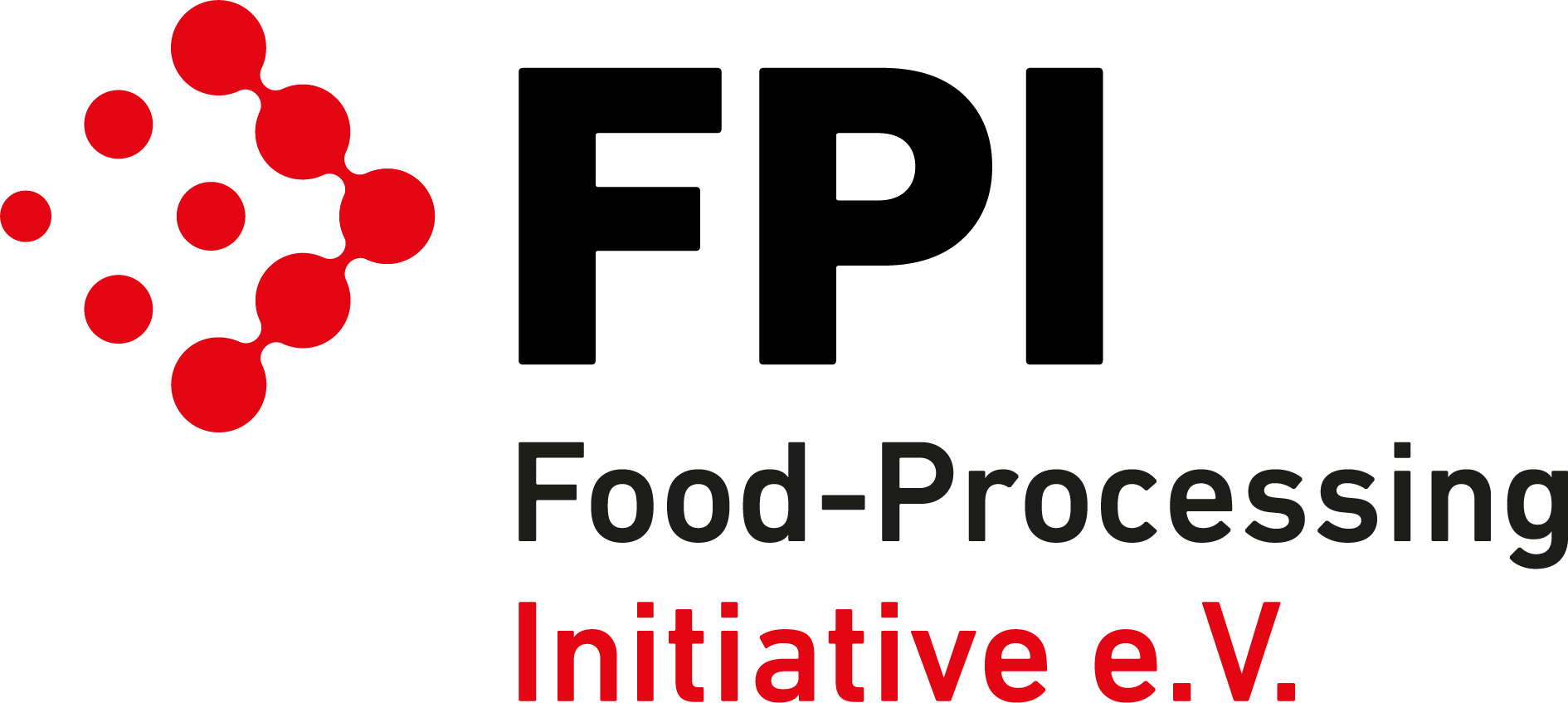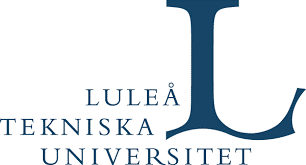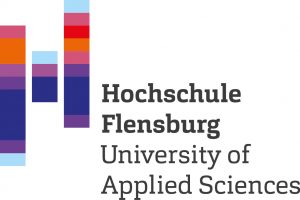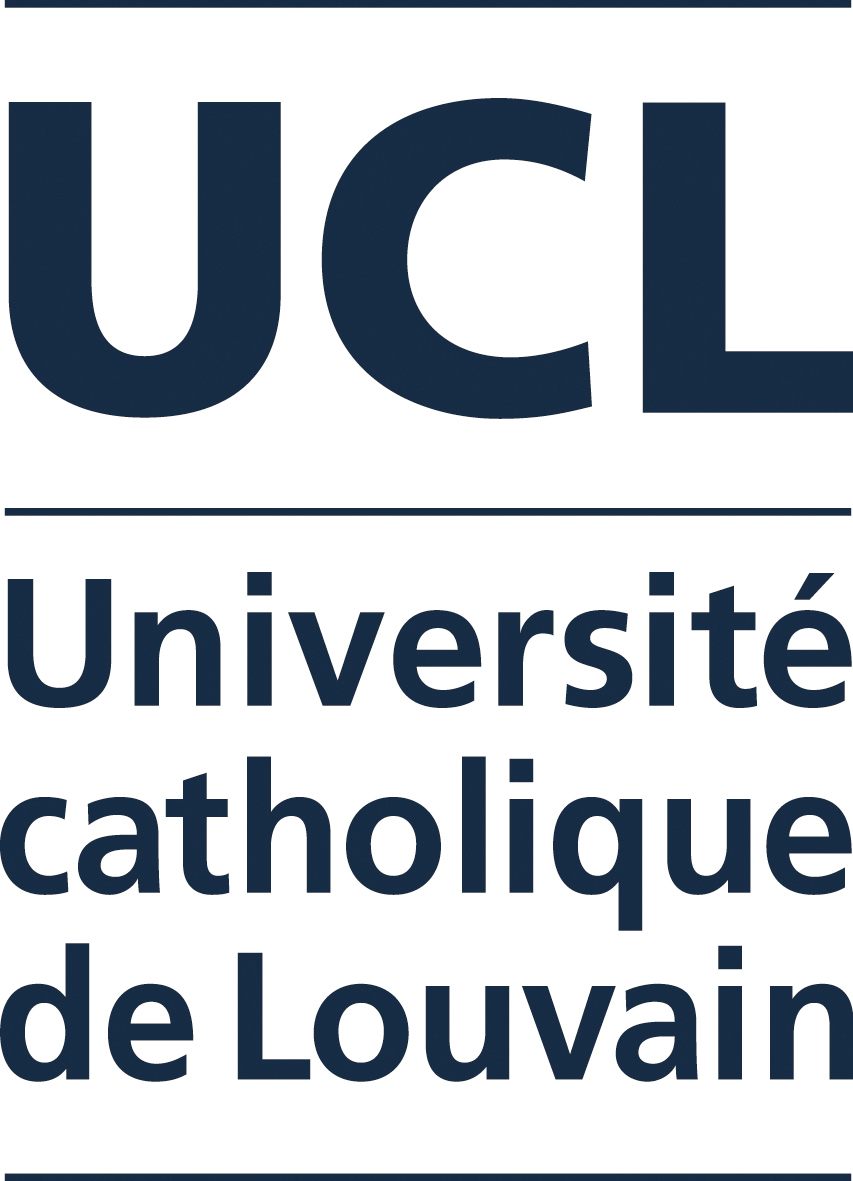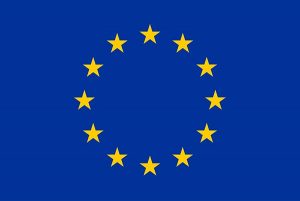Pharmacological Insights into Halophyte Bioactive Extract Action on Anti-Inflammatory, Pain Relief and Antibiotics-Type Mechanisms
Review of the availability of bioactive compounds from various salt-tolerant plant species, with a focus on Aster tripolium, Crithmum maritimum and Salicornia europaea.
The pharmacological activities in bioactive plant extracts play an increasing role in sustainable resources for valorization and biomedical applications. Bioactive phytochemicals, including natural compounds, secondary metabolites and their derivatives, have attracted significant attention for use in both medicinal products and cosmetic products. High salinity during growth and development also increases the level of free radicals in plants. Such potential beneficial dietary factors in small doses and complex combinations (e.g., polyphenols, fibers, polyunsaturated fatty acids, etc.) for lifestyle changes can lead to reduced inflammation and improved health; however, metabolic disturbances are key contributors to disease progression. Screening and testing of extracts from medicinal plants species, including halophytes, against a variety of pharmacological targets and disease conditions in order to benefit from the immense natural chemical diversity is a research focus in many laboratories and companies worldwide. Halophytic plants are an obvious resource because several studies have proved their antimicrobial effectiveness. Due to the multiple positive effects on health aspects such as antibiotic resistance, regulation of the inflammatory response, and pain analgesia, it increases the need to further investigate the mechanisms and pathways in which these plant species and their secondary metabolites are involved. Our review highlights the pharmacological mode-of-action and current biomedical applications of key bioactive compounds applied as anti-inflammatory, bactericidal with antibiotics effects, and pain relief purposes in controlled clinical studies or preclinical studies. In this systematic review, the availability of bioactive compounds from several salt-tolerant plant species, mainly focusing on the three promising species Aster tripolium, Crithmum maritimum and Salicornia europaea. Reference 10.3390/molecules26113140
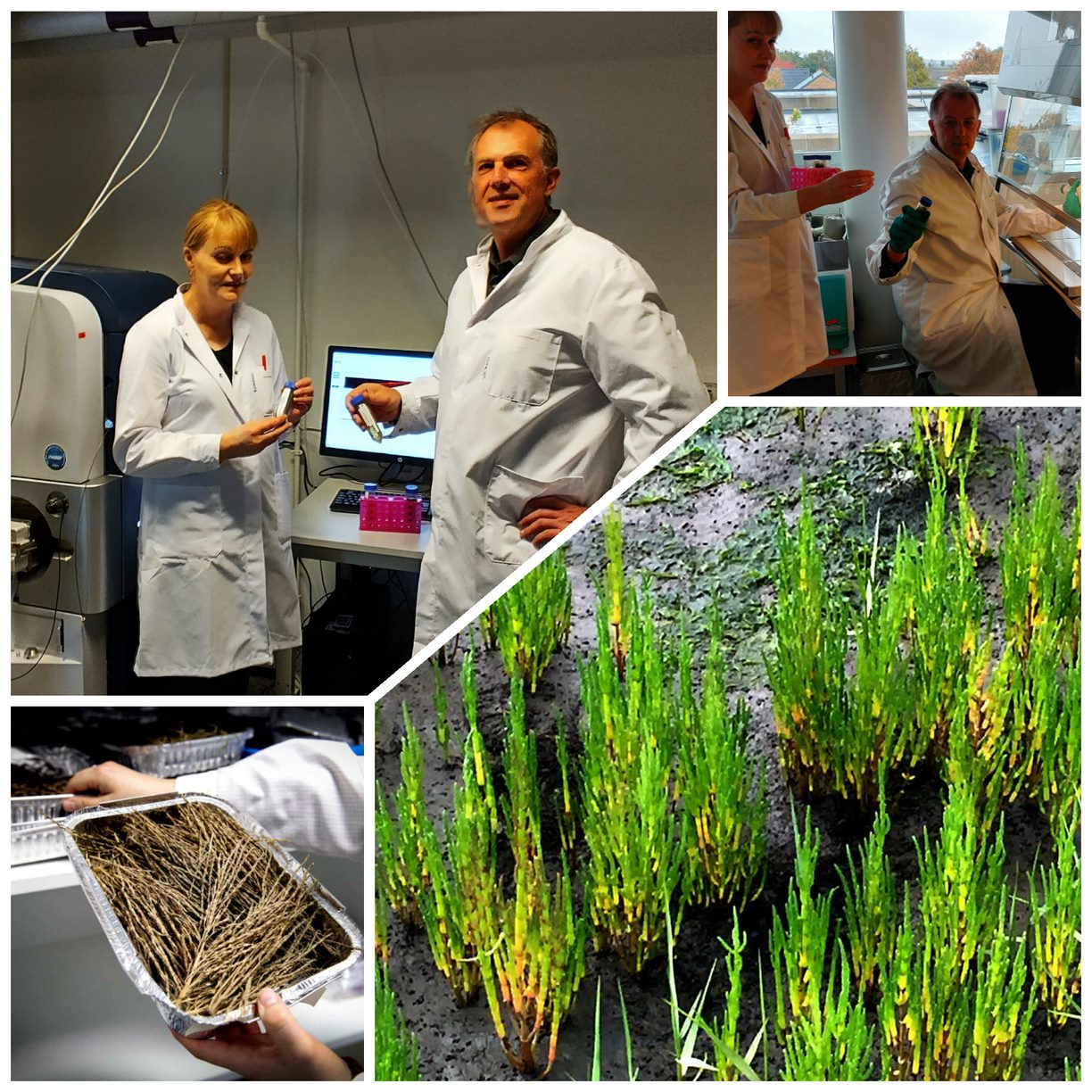
Contact:

Allan Stensballe, Thomas Poulsen & Rocco Giordano
Aalborg University, Denmark
as@hst.aau.dk, tbgp@hst.aau.dk & rg@hst.aau.dk
Acknowledgement
This project has received funding from the European Union’s Horizon 2020 research and innovation programme under Grant Agreement No 862834. Any results of this project reflects only this consortium’s view and the European Commission is not responsible for any use that may be made of the information it contains.











